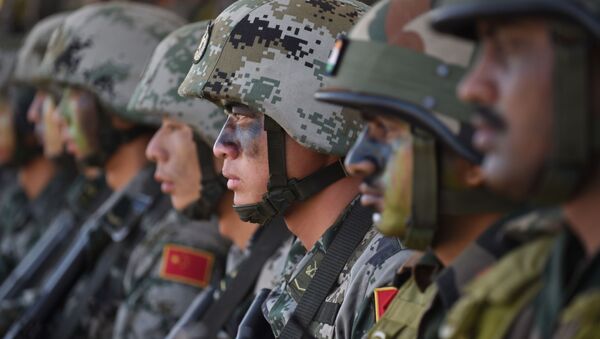India and China have reportedly decided to disengage at multiple points in eastern Ladakh, where troops on either side were reinforced during the past several weeks of standoff. The face-off began after India started the construction of a key road along the loosely-demarcated Line of Actual Control in Ladakh.
The news agency ANI, quoting top government sources, reported that “troops and infantry combat vehicles moved back by 2.5 km by People’s Liberation Army in Galwan area, Patrolling Point 15 and Hot Springs area. India has also moved some of its troops back”.
India and China disengage at multiple points in Eastern Ladakh. Troops and infantry combat vehicles moved back by 2.5 km by People’s Liberation Army in Galwan area, Patrolling Point 15 and Hot Springs area. India has also moved some of its troops back: Top Govt Sources to ANI pic.twitter.com/2wIrBm67HD
— ANI (@ANI) June 9, 2020
The move comes after New Delhi and Beijing engaged in commander-level and diplomatic discussions to de-escalate tensions along the border.
"The sides have reached an agreement on how to implement the important consensus of two countries' leaders and prevent turning disagreement into a conflict, maintain peace and tranquillity in the border regions as well as create a favourable environment for healthy and stable development of the bilateral relations", Chinese Foreign Ministry spokesperson Hua Chunying said on Monday, 8 June.
India and China share a border from Arunachal Pradesh in the northeast to Sikkim in the centre and Ladakh in the northern region. While the border passes through land in most regions, in Pangong Tso it passes through water. India controls a 45km long lake in the western portion, while the rest is under Chinese control. Most of the clashes between the Indian and Chinese armies have taken place near the disputed portion of the lake.




